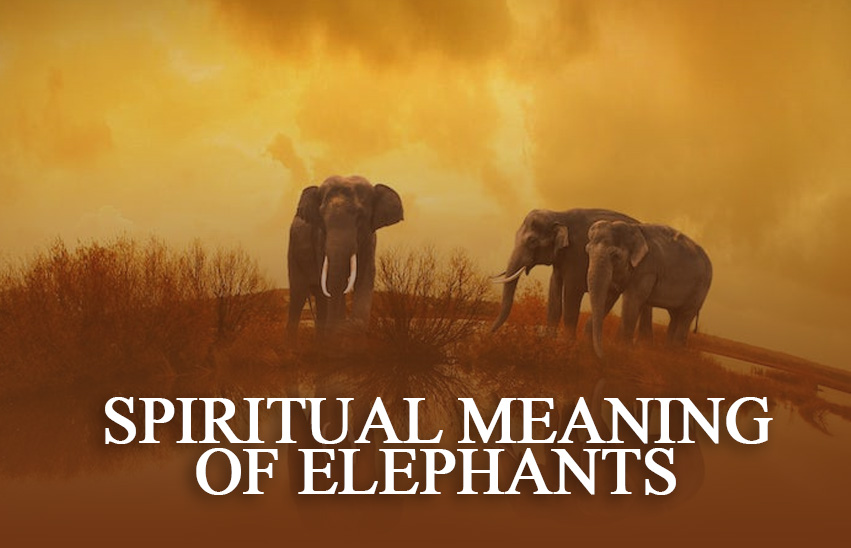Since at least the second millennium BCE, various societies have practiced various forms of astrology, which have their roots in calendrical systems that were used to forecast seasonal changes and interpret celestial cycles as indications of divine communications. Most, if not all, societies have given value to what they see in the sky, and some—like the Hindus, Chinese, and the Maya—have created sophisticated systems for extrapolating information about celestial events into predictions about what will happen on Earth.
Western astrology refers to the twelve horizontal sectors that make up the Earth’s 360º orbit around the Sun as astrological signs. The first point of Aries, or the vernal solstice, which signals the start of spring, is also known as the First Point of Aries. Aries, Taurus, Gemini, Cancer, Leo, Virgo, Libra, Scorpio, Sagittarius, Capricorn, Aquarius, and Pisces are the 12 signs of the zodiac. The Western zodiac has its roots in Babylonian astrology and eventually came under the influence of Hellenistic society. Each sign was named after a star that the sun traveled through once a year as it made its annual journey across the sky. The simpler and popular sun sign astrology highlights this discovery.
Astrology (i.e., a system of omina based on celestial appearances) was also developed in Chinese and Tibetan cultures. Still, this astrology is not based upon the zodiac and instead deals with the entire sky. Over the centuries, Western astrology’s zodiacal divisions have shifted out of alignment with the constellations they were named after by the axial precession of the Earth, whereas Hindu astrology measurements are correct for this shifting.
- Astronomy and astrology of the zodiac
the Hindu calendar’s astronomical foundation:
Zodiac is a belt around the skies that extends 9 degrees on either side of the ecliptic, the plane of Earth’s orbit, and the Sun’s apparent annual course. It is used in astrology and astronomy. Each of the zodiac’s 12 astrological signs is thought to occupy Twelfth (or 30°) of its vast round. The charts in which the Sun appears in the night sky no longer correlate to these signs. The size and shapes of the constellations are erratic, and the Sun frequently passes through one constellation (Ophiuchus), which is not regarded as a zodiac member.
- Contemporary Hindu astrology
two-hundred-year-old nomenclature:
Many Hindus still use astrology today, a significant aspect of their traditional religion. Hindu culture has a long tradition of naming infants after their jyotia charts (Kundali), and astrological principles are frequently used to organize festivals and the calendar and decide on important life decisions like getting married, starting a new business, or relocating. According to many Hindus, the planets and other celestial bodies impact humans throughout their lives and are the “fruit of karma.” Regarding enforcing the law, Ishvara—the Hindu concept of a supreme being—is seen as superior to the Navagraha, or planetary deities.
- The science of astrology
As well as science and astrology:
The scientific community has rejected astrology because it lacks the ability to explain how the cosmos works. According to scientific research on the subject, there is no proof to back up any of the assumptions or alleged effects mentioned in astrological traditions. [22]: 424 Astrologers haven’t put forth a mechanism by which the locations and motions of the stars and planets could impact people and events on Earth. Astrology continues to be considered a science in contemporary India, even though it is a pseudoscience in several religious, political, and legal contexts.
- Vastu Shruti
The traditional Indian system of architecture known as Vastu shastra, or “science of architecture,” is based on literature from antiquity that outlines design, layout, measurement, ground preparation, space organization, and spatial geometry principles. The designs strive to connect architecture with nature, the relative functions of various structural components, and traditional beliefs by using geometric patterns (yantra), symmetry, and directional alignments. The textual portion of Vastu Vidya, or the more comprehensive knowledge of ancient Indian architectural and design theories, is known as Vastu Shastra.
- the Mangala Dosha
A Hindu superstition in India is Mangala Dosha, often known as Mangal Dosha due to schwa loss. According to Hindu astrology, a person who is born with the Mars (Mangala) influence has “Mangala dosha” (also known as “mars flaw”); they are referred to as Mangalikas (or Manglik). The superstition holds that a Manglik and a non-Manglik marriage would end in disaster.
This belief states that a Mangalik person will hasten the death of their non-Manglik spouse. The individual may be wed to an animal, a living thing, or a tree (such as a banana or peepal) to avert this catastrophe. Depending on the “partner” utilized in the ceremony, this fake marriage ritual has several titles.
- Hindu marriage customs
The Dharmashastra books explain various rites of passage, but the Hindu marriage is the most significant one.
According to Manu, it is commonly understood to be a social institution that establishes and governs a healthy connection between the sexes. Hindus view marriage as a sacrament rather than a type of social contract because they hold that all men and women were created to be parents and to perform dharma together as prescribed by the Vedas. According to the Brahmanas, a man is only considered “complete” after marriage, having children, and becoming a parent.
Author



